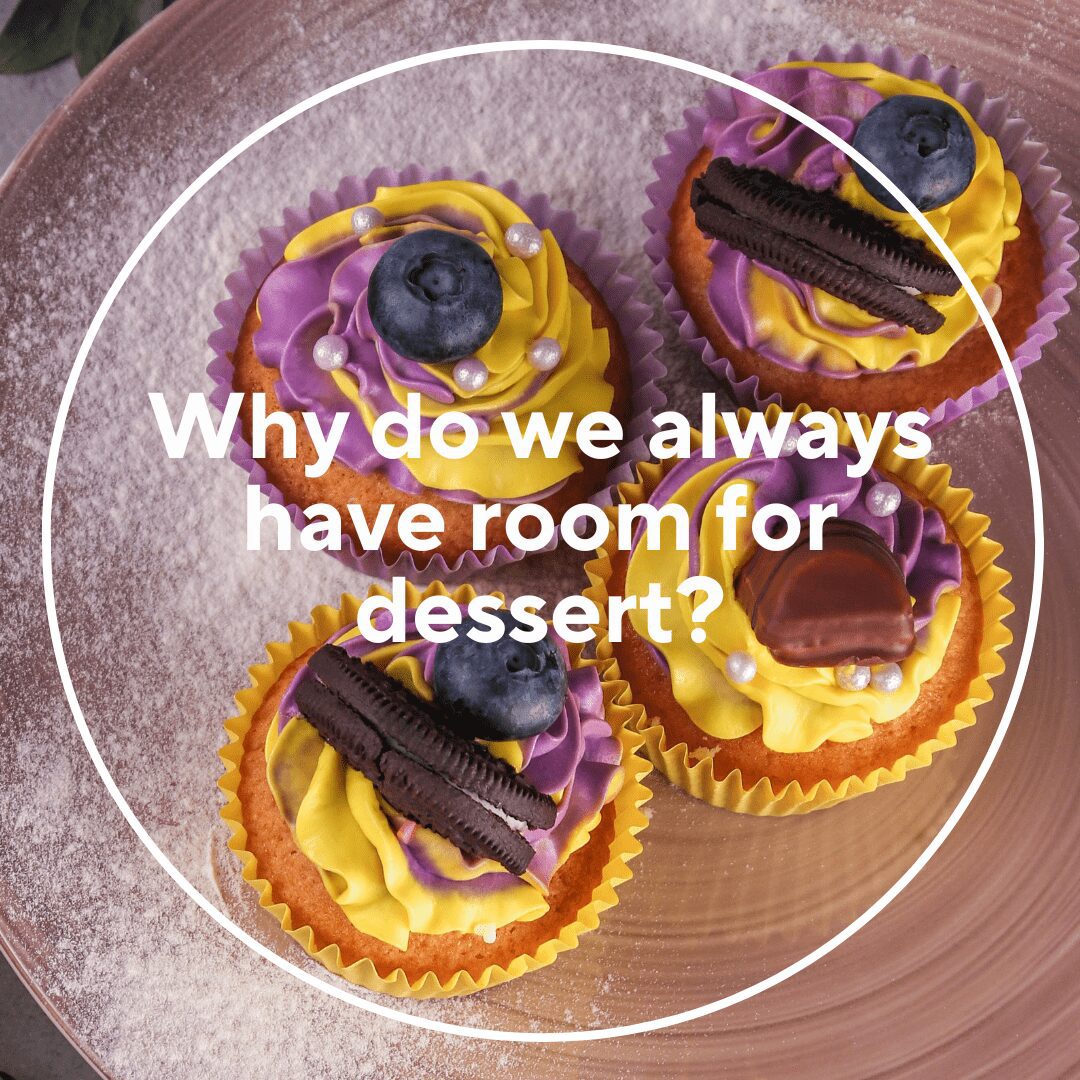We’ve all heard about having a second stomach for dessert. The need for sugar or sweet foods is a feeling that some of us experience after every meal we eat.
We have all gone to eat at a restaurant where we usually eat more than we normally do at home and the reality is that, unless we go to a minimalist Michelin restaurant. In most cases halfway through the main course we have already covered our metabolic needs for the day. That is, we have already consumed the calories we need for the day. We have eaten a delicious dinner, we are full, but then we ask ourselves, «Shall I have a dessert? And the answer in most cases is «yes». That’s because somehow we find an empty corner in our stomach especially for sugar consumption, that «dessert hole» where that piece of cake fits.
But why does this happen, what gives us that specific craving for sugar even when we are full?
Know the reasons for sugar consumption after meals
There are different factors involved in this phenomenon and many of them have an evolutionary reason. Let’s imagine, for example, that we have been eating tapas and a sizeable entrecote with some potatoes and we are really full. Then the waiter arrives and asks us «More entrecote? More potatoes?» Normally we say no, because we don’t feel like eating any more of it. Maybe the thought of doing so even makes us feel a little nauseous. However, we may say, «Please bring the dessert menu.»
This phenomenon is largely due to our genes and is engraved in our DNA since this preference for sugar consumption after meals had evolutionary advantages when our hunter-gatherer ancestors did not have as much food available. When our livelihood depended on hunting antelope and we had spent a whole day to catch it and drag it back «home», eating more than we really needed to cover our caloric expenditure was the most adaptive, as it was not guaranteed when we would be able to hunt and eat again.
Protein is an essential energy source to nourish our cells and muscles. The problem with protein is that it is very costly for the body to process and store. Therefore, when we meet our caloric needs for the day, the brain starts to change the type of calories it wants us to eat, and starts asking us to increase the caloric density of whatever we eat. Thus, our body is able to store that energy in the form of fat and prepare for when you don’t have food. And what foods are calorically dense? Those that contain a lot of sugar and fat, i.e. desserts and sweets. So our brain transfers this preference for calorie-dense foods to us through sugar cravings.
This mechanism is not specific to humans, but occurs in many other species. Grizzly bears, for example, prepare for hibernation by eating salmon. At the beginning of this preparation they eat all the salmon they can catch, whole. But as they get fatter and fatter they stop eating all the fish and only eat the skin and the fat that accumulates under the skin. In other words, the caloric density of the food they eat increases. And even if they don’t eat a chocolate cake, this is the same phenomenon.
Qué es la saciedad sensorial específica y cómo afecta al consumo de azúcar
Another factor involved in our desire for sugar and sweets after eating other salty foods has to do with specific sensory satiety. This phenomenon is responsible for the fact that we eat more when there is a greater variety of flavors on a plate or when we share different tapas at a dinner with friends. It also explains, in part, why after a large meal, there is always room for dessert or for the incessant consumption of sugar while watching a series after dinner. The origin of this phenomenon also has, according to experts, an evolutionary basis, since for our hunter-gatherer ancestors it was difficult to achieve a varied diet and through sensory satiety the organism favored the search for and consumption of sugar and a variety of foods.
Did you know that sugar consumption has a genetic origin?
Our appetite for sugar consumption and having room for caloric desserts after meals has, in part, a genetic origin and a function that has been adaptive for us for a long time. And like all phenomena that have been adaptive, they have passed from our ancestors to us through DNA. The problem today is that the environment has changed. We now have access to food and food with large amounts of sugar and fat all the time, so having that second stomach for sugar consumption is no longer as useful and can sometimes even be problematic for many people.
We all know the importance of eating a balanced diet and reducing sugar consumption to improve our health. However, sometimes the constant access to high-calorie and ultra-processed sweets can make this purpose a bit difficult. Unfortunately, some people find it more difficult to reduce or give up the consumption of sweets. And this may be due, at least in part, to having genetic variants that increase their predisposition to sugar consumption. This has implications for maintaining a balanced diet over time, which can lead to feelings of guilt or frustration.



